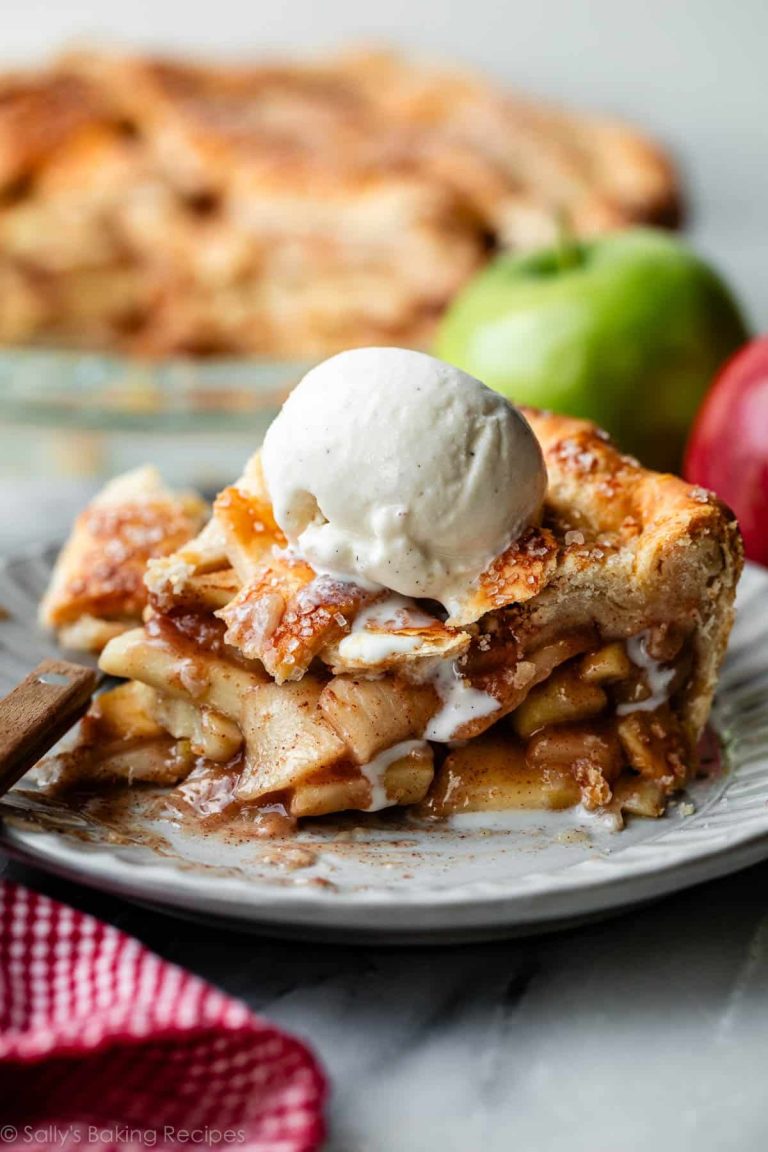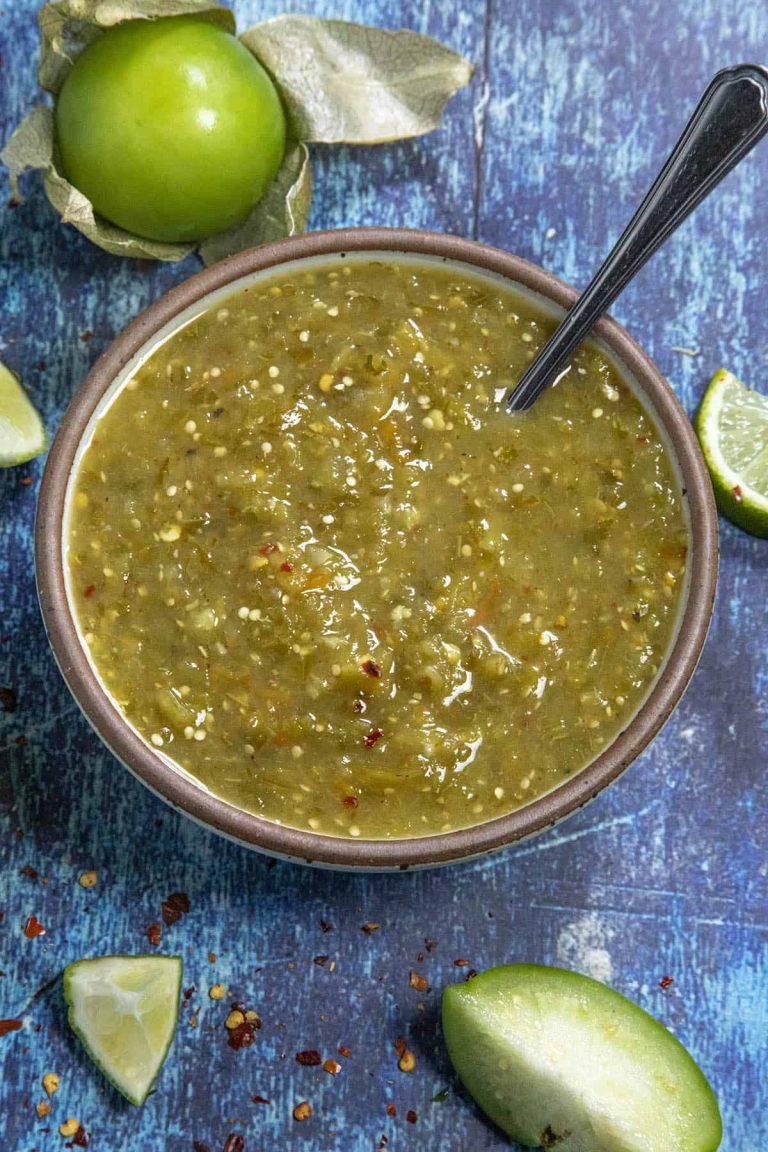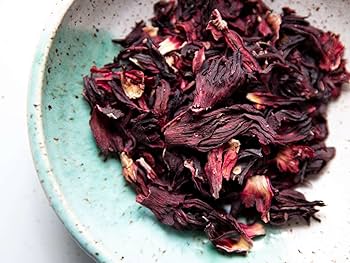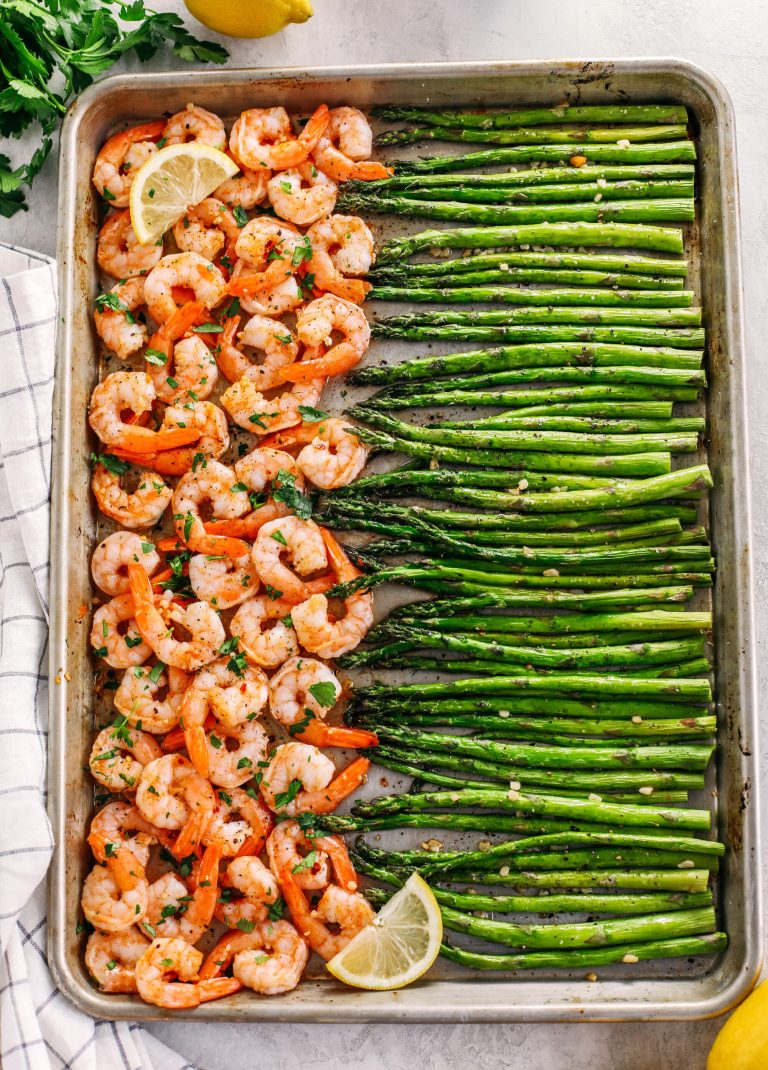Pasties: History, Recipes, and Perfect Pairings for a Complete Meal
Pasties trace their roots to Cornwall, England. Miners in the 13th century favored these handheld pies due to their portability and nutritious filling. Historical records show mentions of pasties in 1200s texts, highlighting their importance in workers’ daily diets. The traditional Cornish pasty typically features a thick crust to withstand the physically demanding environment.
Regional Variations
Pasties have evolved beyond Cornwall, influencing culinary traditions worldwide. In Michigan’s Upper Peninsula, Finnish immigrants adapted the original recipe, adding rutabagas and other local vegetables. In Mexico, the paste, a variation of the Cornish pasty, incorporates spicy fillings like chorizo and beans. In Australia, pasties include ingredients like peas and carrots, reflecting local tastes.
| Region | Key Ingredients |
|---|---|
| Cornwall, England | Beef, potato, swede |
| Michigan, USA | Beef, rutabaga, onion |
| Mexico | Chorizo, beans, potato |
| Australia | Beef, peas, carrots |
Pasties continue to be a beloved culinary staple, adapting to diverse tastes while preserving their hearty essence.
What Are Pasties Made Of?
Common Ingredients
Pasties feature a simple yet flavorful combination of ingredients. These typically include a sturdy pastry dough and a hearty filling. The pastry crust often uses all-purpose flour, butter or lard, a pinch of salt, and water to create a durable, flaky texture.
- Pastry Dough: Contains all-purpose flour, butter or lard, salt, and water.
- Meat: Ground beef or diced beef is commonly used.
- Vegetables: Potatoes, onions, and turnips or rutabagas are typical.
- Seasonings: Simple seasonings like salt and pepper add flavor.
Varieties Around the World
Pasties have inspired numerous regional adaptations with unique ingredients and fillings.
- Cornish Pasties: Traditional Cornish pasties include beef, potatoes, onions, and turnips or rutabagas. They are seasoned with salt and pepper and wrapped in a thick, crimped-edge pastry.
- Michigan Pasties: Similar to Cornish pasties, the Michigan variation includes rutabagas and uses a slightly different spice mix.
- Mexican Paste: Originating in Mexico, this variation features spiced fillings such as minced meat, potatoes, beans, and chilies.
- Australian Pasties: In Australia, pasties often include ground or diced beef, onions, potatoes, carrots, and peas.
While the specific ingredients may vary, the essence of pasties remains rooted in their portability and hearty composition.
How to Make Pasties at Home
Choosing the Right Dough
Selecting the right dough is crucial for making delicious pasties. Traditional pasty dough uses simple ingredients: flour, butter or lard, salt, and water. Use all-purpose flour for the best texture. Cold butter or lard mixed into the flour creates a flaky crust. Add a pinch of salt to enhance flavor. Gradually incorporate cold water until the dough just comes together. Avoid overworking the dough, as this can lead to a tough crust. Chill the dough for at least 30 minutes before rolling it out to ensure it holds its shape during baking.
Filling Ideas and Preparation
Deciding on the filling lets you customize your pasties to your liking. Classic Cornish pasties often include ground beef, potatoes, onions, and turnips or rutabagas. For the filling, dice the vegetables and meat into small, uniform pieces for even cooking. Season the mixture with salt and pepper. For a Michigan twist, add rutabagas. Spicy fillings like those in Mexican pastes might include ground pork, chili powder, and cumin. For a vegetarian option, try a combination of peas, carrots, and mushrooms. Place the filling in the center of the rolled-out dough, then fold and crimp the edges to seal. Bake the pasties at 400°F for about 45 minutes, until golden brown.
Pairing Pasties With Other Foods
Sauces and Dips
Enhancing pasties with sauces and dips adds flavor variety. Traditional offerings include brown gravy and ketchup. For a richer taste, try beef gravy or mushroom sauce. Tangy options like barbecue sauce or horseradish sauce complement savory fillings.
Vegetarian pasties pair well with tomato-based sauces, such as marinara or salsa. Creamy dips like ranch or blue cheese dressing match with heartier vegetarian fillings. Experiment with spicy mustard or aioli for a gourmet touch.
Side Dishes
Choosing the right side dishes can complete the meal. Classic sides include mashed potatoes and peas, ideal for traditional Cornish pasties. For lighter options, consider a garden salad or steamed vegetables like broccoli or carrots.
Sweet potato fries or roasted root vegetables pair well with more robust fillings like beef or lamb. Coleslaw or a fresh cucumber salad offers a refreshing contrast. Quinoa or couscous salad can add a healthy, modern twist to your pasty meal.
Conclusion
Whether you’re a traditionalist or an innovator, pasties offer a versatile and satisfying meal option. The rich history and regional adaptations make them a culinary delight worth exploring. By experimenting with different sauces, side dishes, and even vegetarian options, you can create a pasty meal that suits any palate. So roll up your sleeves and start crafting your perfect pasty experience right in your own kitchen.






